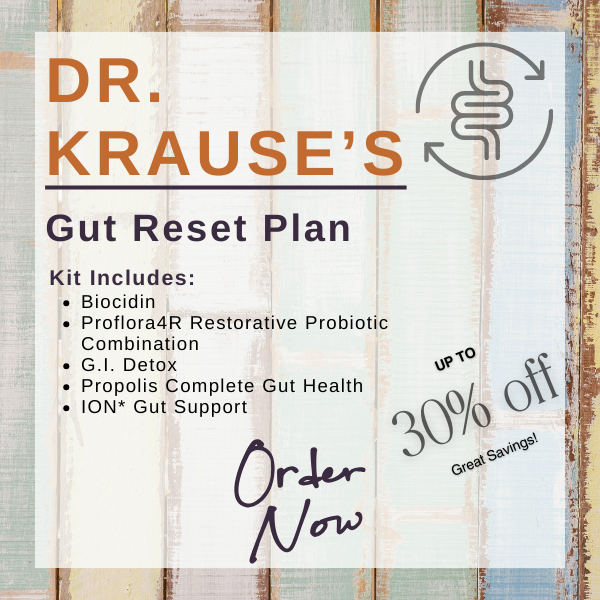Did you know that ankle sprains happen during the week of and after ovulation for women?
Men often experience pain intensify in the evening as they have 24 hour hormone cycles.
Sciatica and nerve pains increase when men and women are low in progesterone.
Pelvic and low back pain can be low or high estradiol.
How do you which you’re experiencing?
Timing of where you are in your cycle.
Short on time – see my infographic at the end of this email.
All humans have cycles, even if you’re in menopause or andropause aka “man-o-pause”.
Women are on monthly cycles even if they no longer have their period or if it’s been controlled by an IUD or other forms of birth control.
Becoming very curious about yourself can help you to connect to your own cycles.
Cravings, energy levels, preferences for workouts and moods can be a huge clue as to where you might be in your cycle.
There’s clinical data to support different nutritional needs based on where you are in your menstrual cycle.
The menstrual cycle usually comes with cravings for sweets, pizza and chips but iron rich foods, vitamin C and K as well as omega 3 rich foods are what the body needs.
During the follicular and ovulation phase, from after the period through ovulation the estrogen levels rise to a peak and foods to help with estrogen balance as well as detox are key…
- cabbage family
- broccoli sprouts
- leafy greens
- omega 3’s
- fermented foods
With the follicular phase estrogen levels drop and progesterone rises.
To support progesterone balance the following foods are crucial…
- complex carbs such as cabbage family veggies, leafy greens & sweet potatoes
- dark chocolate
- fruit
- raw sprouted nuts and seeds
In addition to the foods above, consuming plenty of water and magnesium to reduce bloating, brain fog and PMS is key.
Exercise needs change throughout the cycle as well.
The same workouts week after week can wear on the body.
Listen to your body and see how it wants to move.
As you move into menopause – the HIIT and fast paced workouts can become a drain on the body, especially if you have a mentally taxing or movement intensive career.
This is why having a device like an Oura Ring, Fitbit or Garmin can be helpful to track your recovery from your day.
What’s the best exercise for the different phases of a women’s cycle?
- In the menstrual phase energy will be lower and this is the time to walk, do pilates, yoga or skip your workouts to nap instead.
- Follicular phase is the time when energy levels increase and cardio and circuit training are great to add back in.
- During ovulation, energy levels are the highest and this is the best time for sprints, HIIT, spinning, boot camp and Tabata style workouts.
- As you enter the beginning of the luteal phase, medium intensity cardio and strength training are ideal and backing down intensity as your period approaches is optimal.
Keep in mind, it’s ok if you’re not getting a period, if you observe yourself you’ll see there are hints that you’re still cycling.
Dr. Krause’s Protocols
Instructions Included
Traveling soon? Looking to detox or reset your gut? Try one of Dr. Krause’s Fullscript plans.
What about a man’s 24 hour cycle?
- Thinking about your day in terms of morning being the best time for intense workouts, projects that require intense thought process or more strength.
- As the day wears on it’s time to carry out your easier tasks, hold meetings and add in playing instruments, or walks if you’ve missed your AM workout.
Syncing your life to your natural rhythms can have a profound impact on your energy, vitality and hormone balance.
The more I’ve explored my habits, routines, cravings and behaviors the more I’ve noticed how much better I feel when I sync with my cycle.
I’ve even seen my metabolism fire up when I’m paying attention to where I am in my cycle and my food choices.
Interestingly enough, The Lumen Device, that helps you de-code your metabolism can help you identify your metabolism based on your cycle.
If you don’t have a cycle you can use a device like the Lumen, Garmin or Oura Ring to identify patterns and uncover your unique cycle.
I can’t say enough about how much the Lumen has helped me to understand my metabolism- habits/behaviors/cravings connection on a deeper level.
While my case study group hasn’t all had success in using the Lumen for weight loss they have noted that they now understand their metabolism + food choice/behaviors/habits better.
In the long run, understanding your habits, behaviors and cyclical patterns on a deeper level provides you with valuable information that you can utilize to lose weight slowly and keep it off for life.
Today my podcast with Marcell Hanson came out and she shares how she’s tracked her metabolism and behaviors for 30 years to help optimize her health.
Click HERE to listen in to my interview with Marcell.
Here’s to your health,
Dr. J









